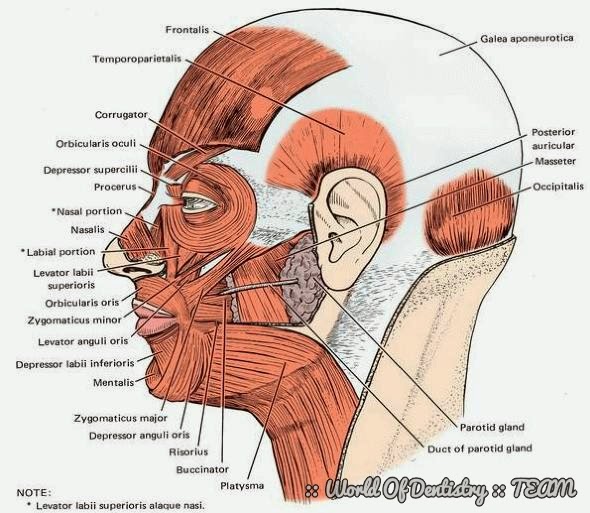Definition:
Blue sclera is characterized by localized or generalized blue coloration of sclera because of thinness and loss of water content, which allow underlying dark choroid to be seen.Diseases and Disorders:
1. Associated with high urine excretion:A. Folling syndrome (phenylketonuria)
B. Hypophosphatasia (phosphoethanolaminuria)
C. Lowe syndrome (oculocerebrorenal syndrome; chondroitin-4-sulfate-uria)
2. Associated with skeletal disorders:A. Brachmann-de Lange syndrome
B. Brittle cornea syndrome (blue sclera syndrome)-recessive
C. Crouzon disease (craniofacial dysostosis)
D. Hallermann-Streiff syndrome (dyscephalia mandibulooculofacial syndrome)
E. Marfan syndrome (dystrophia mesodermalis congenita)
F. Marshall-Smith syndrome
G. McCune-Albright syndrome (fibrosus dysplasia)
H. Mucopolysaccharidosis VI (Maroteaux-Lamy syndrome)
I. Osteogenesis imperfecta (van der Hoeve syndrome)
J. Paget syndrome (osteitis deformans)
K. Pierre Robin syndrome (micrognathia-glossoptosis syndrome)
L. Robert syndrome
M. Silver-Russell syndrome
N. Werner syndrome (progeria of adults)
3. Chromosome disorders:A. Trisomy syndrome
B. Turner syndrome
4. Ocular:A. Congenital glaucoma
B. Myopia
C. Repeated surgeries
D. Scleromalacia (perforans)
E. Staphyloma
F. Trauma
5. Miscellaneous:A. Ehlers-Danlos syndrome (fibrodysplasia elastica generalisata)
B. Goltz syndrome (focal dermal hypoplasia syndrome)
C. Incontinentia pigmenti (Bloch-Sulzberger syndrome)
D. Lax ligament syndrome
E. Minocycline-induced
F. Oculodermal melanocytosis (nevus of Ota)
G. Pseudoxanthoma elasticum (Grönblad-Strandberg syndrome)
H. Relapsing polychondritis
------------------------------------
This Article has been edited By :: World Of Dentistry :: TEAM
For any questions and suggestions please don't be hesitate to feedback us.
Yours,
:: World Of Dentistry :: TEAM





